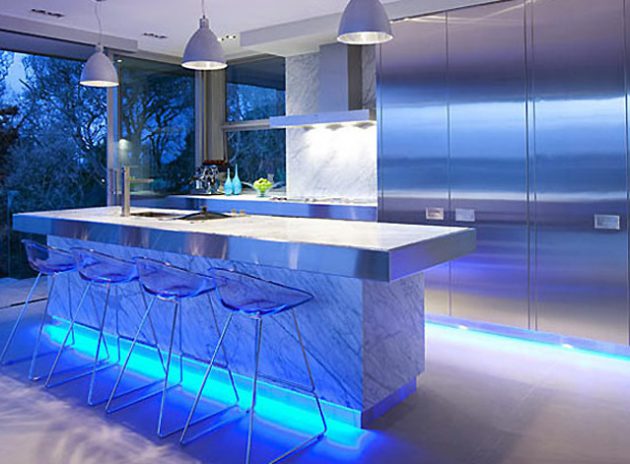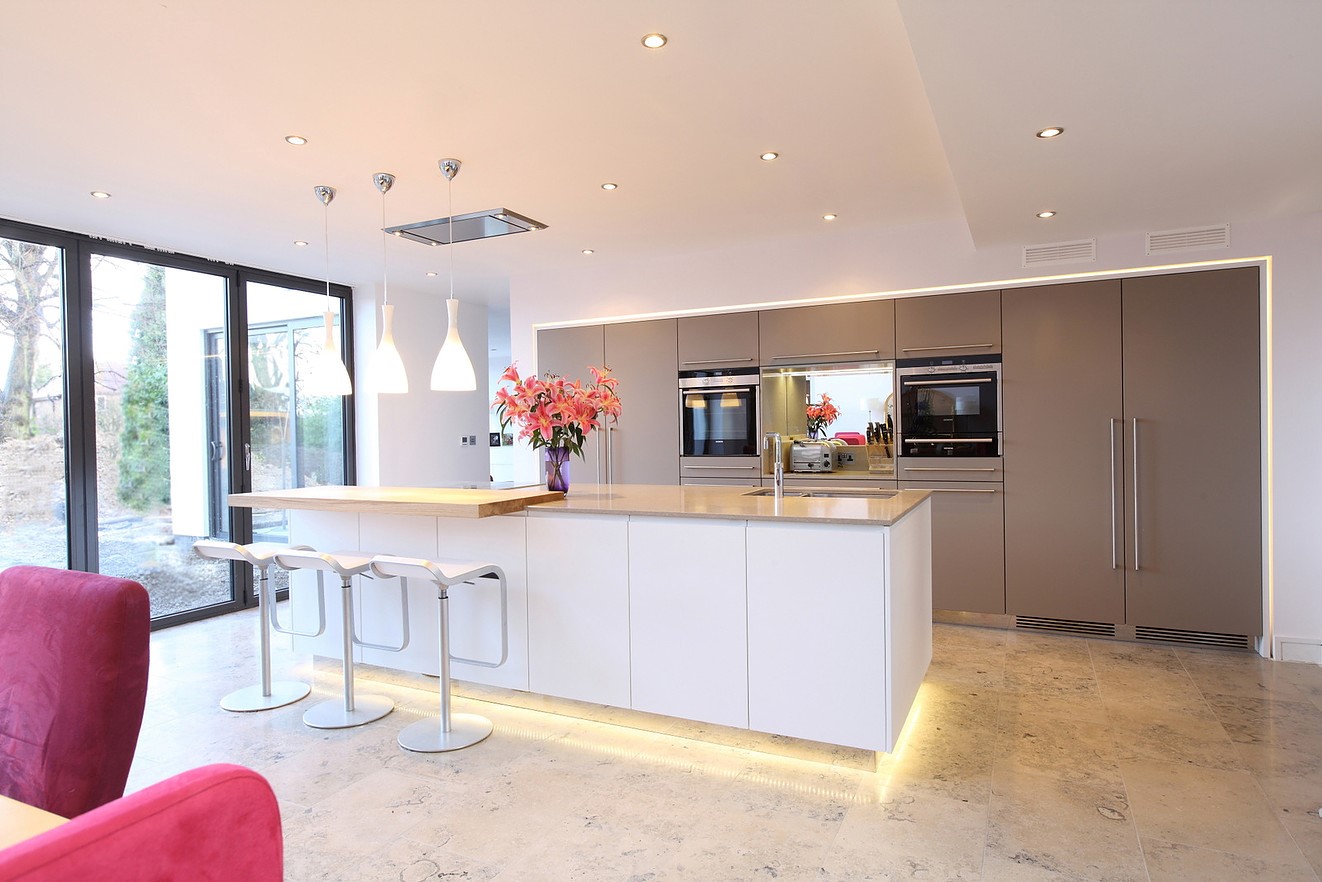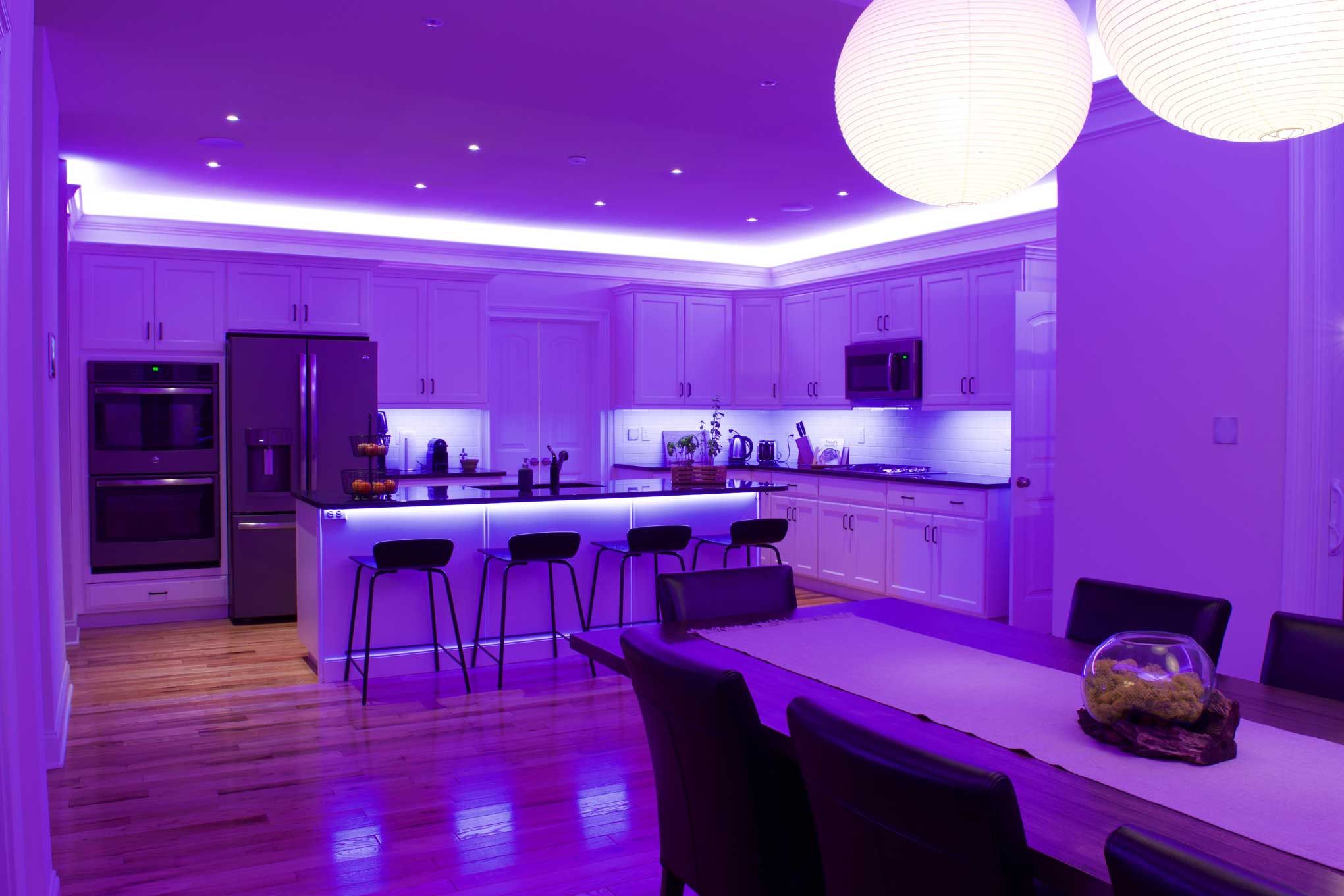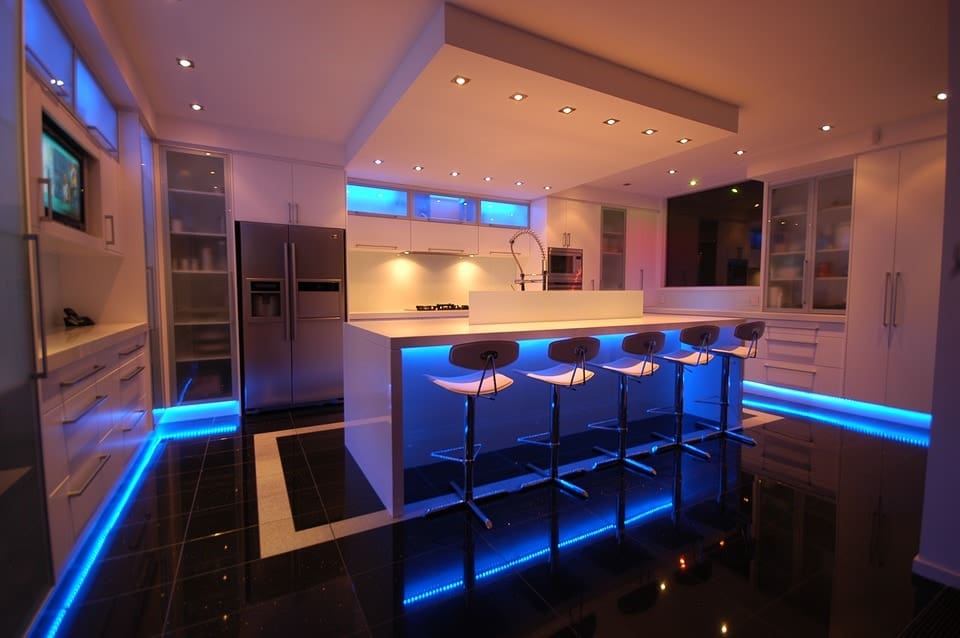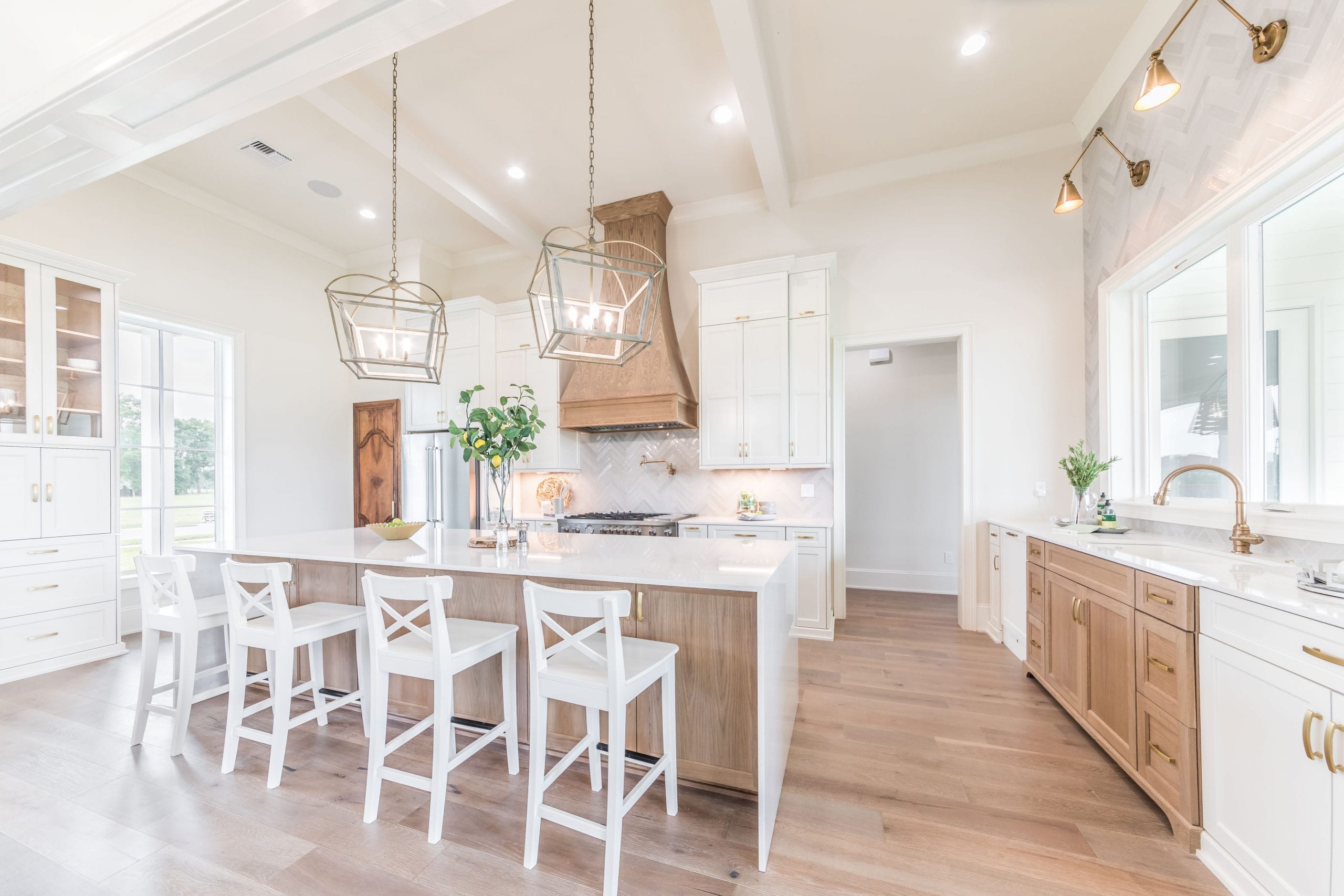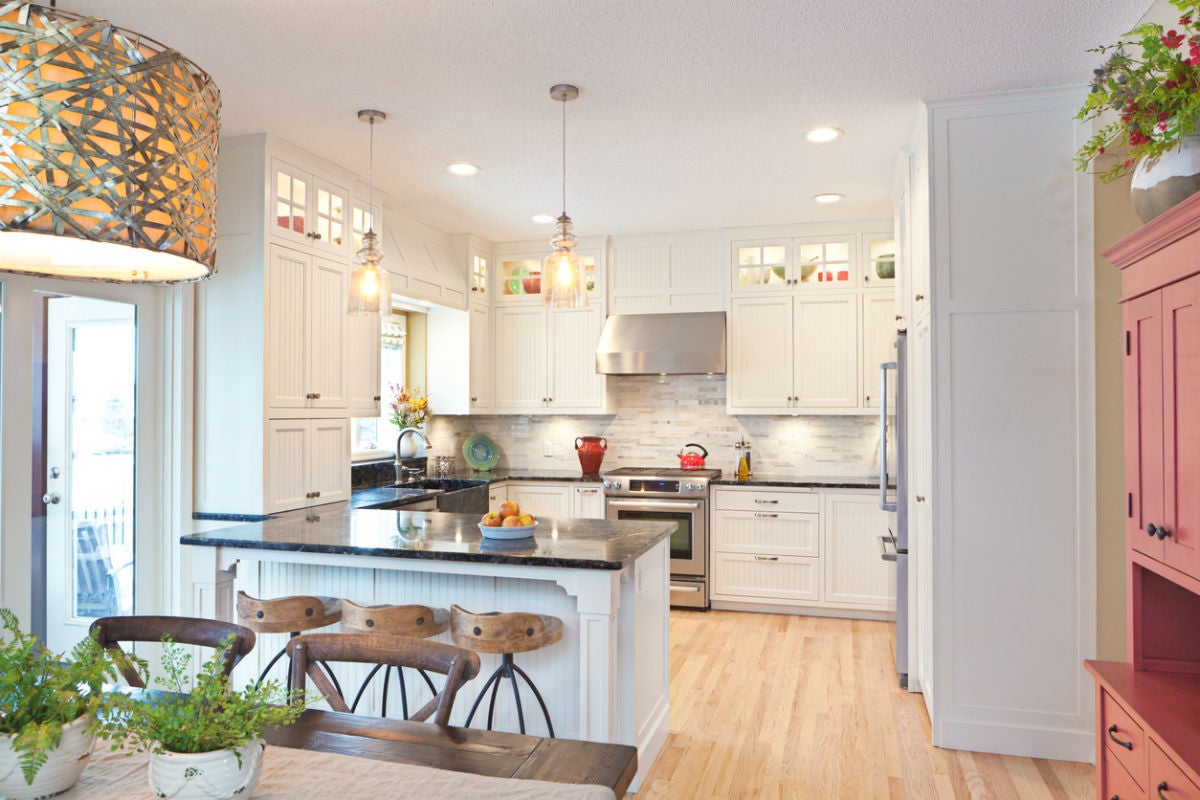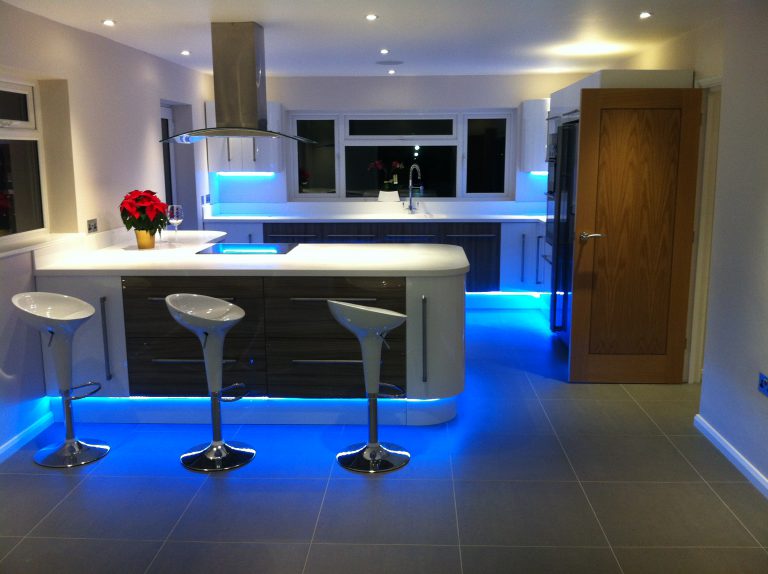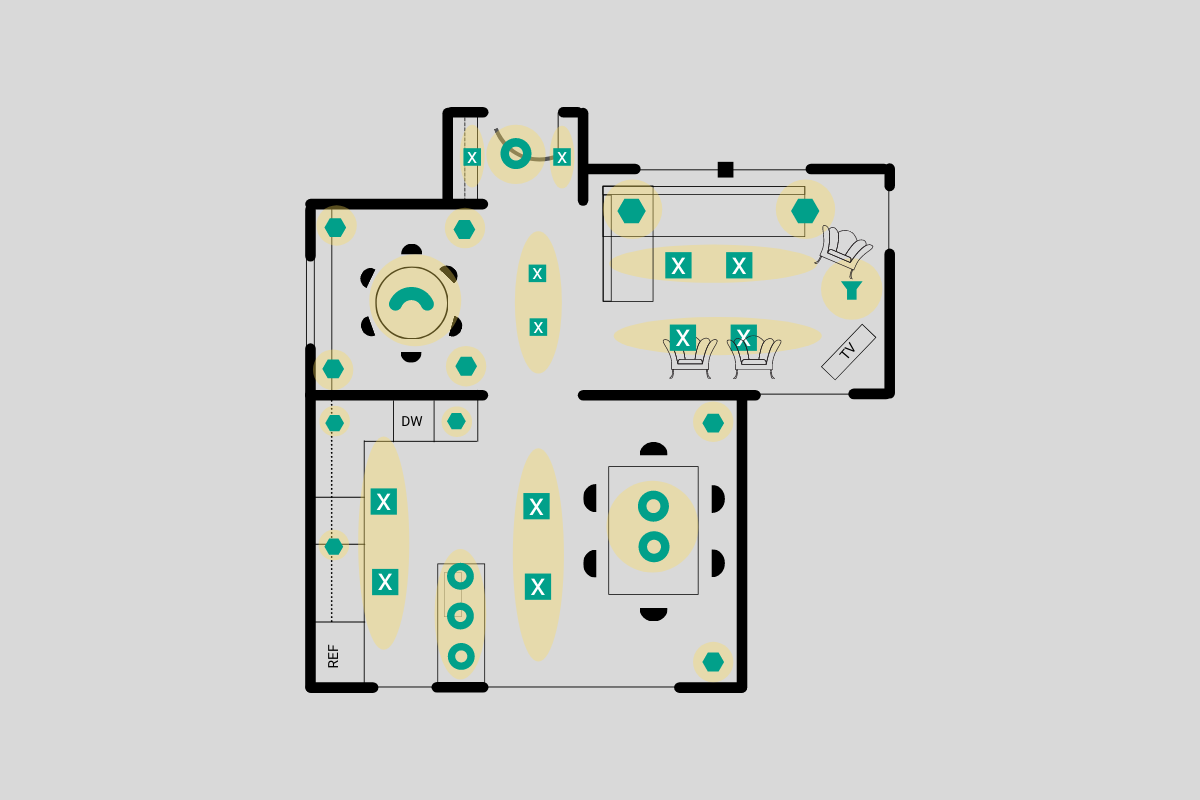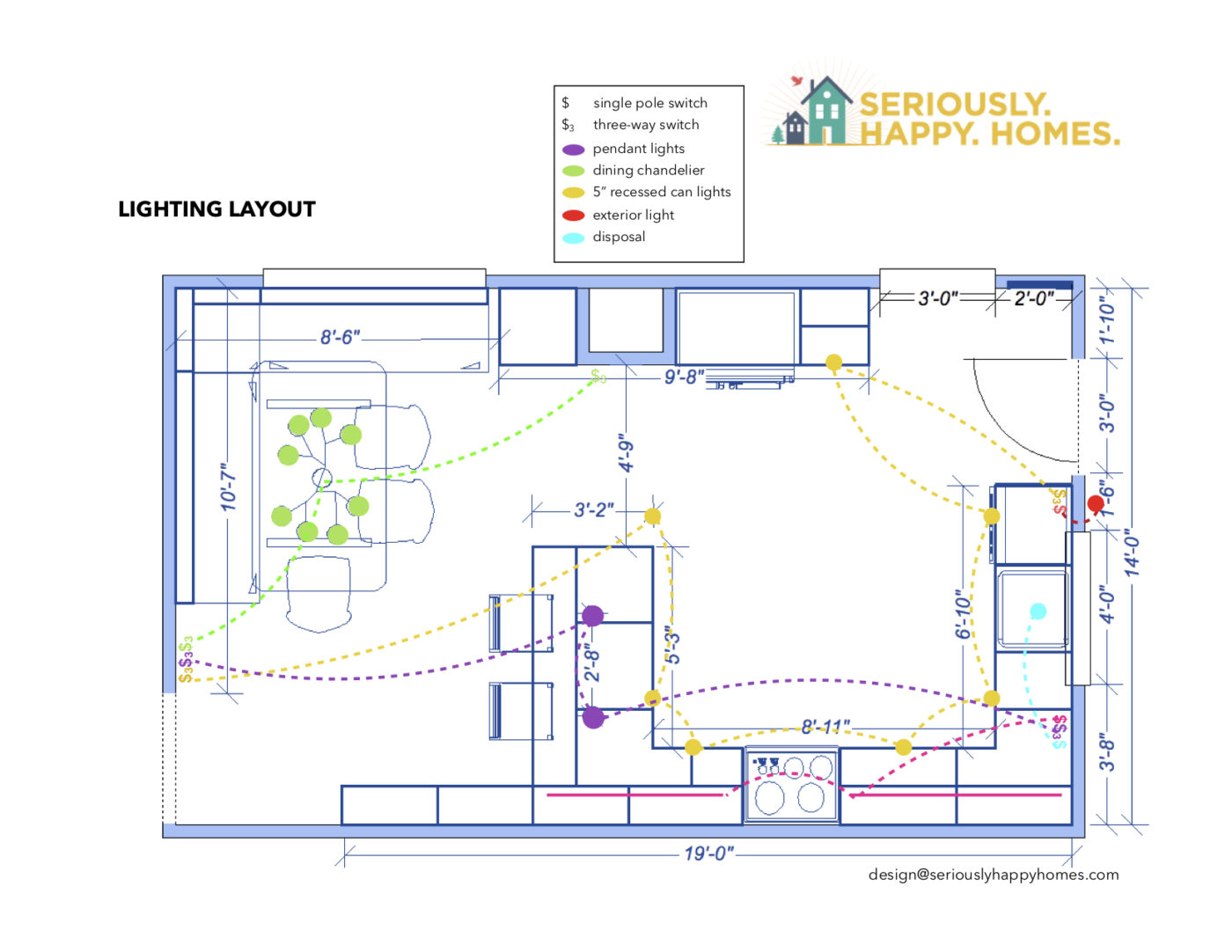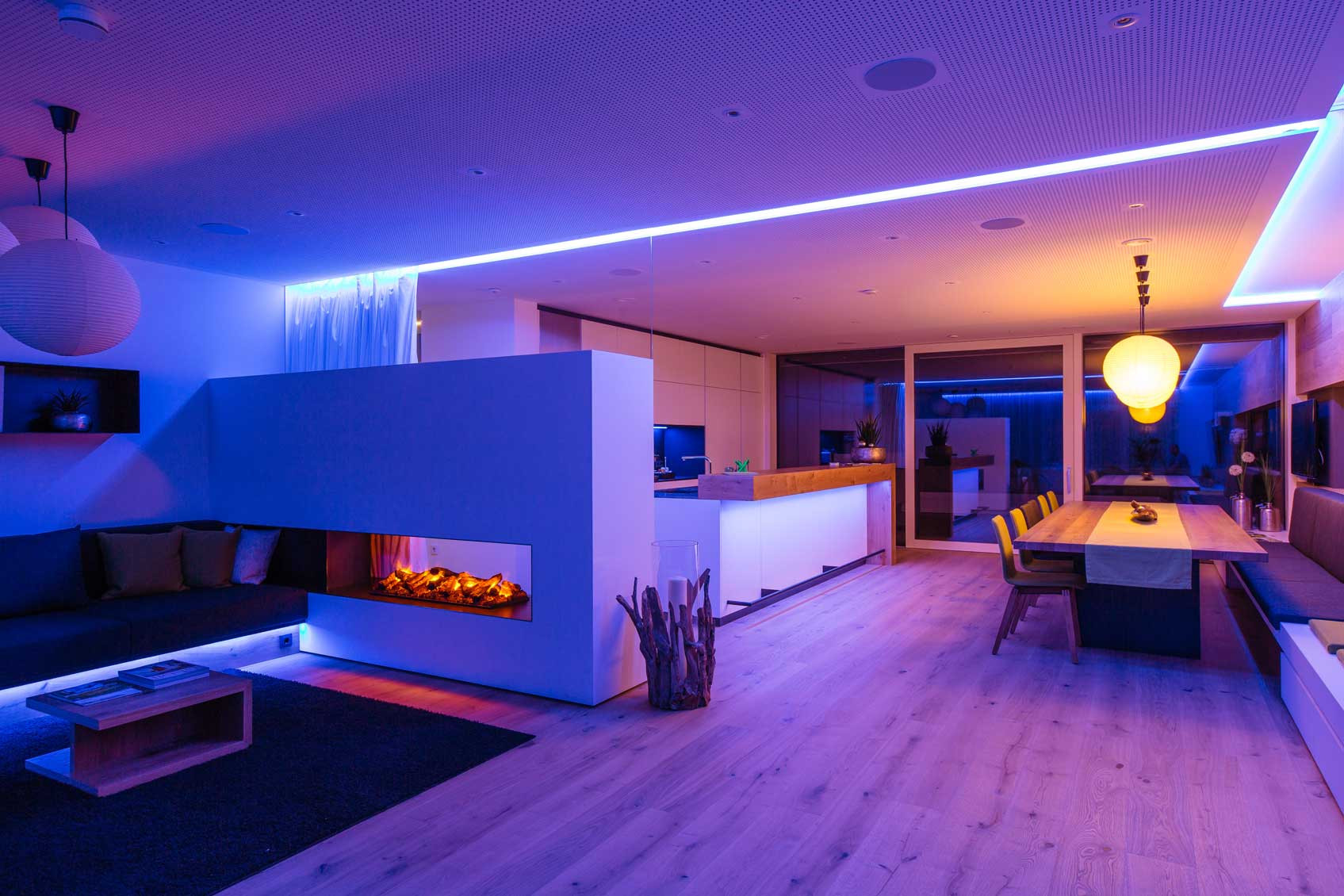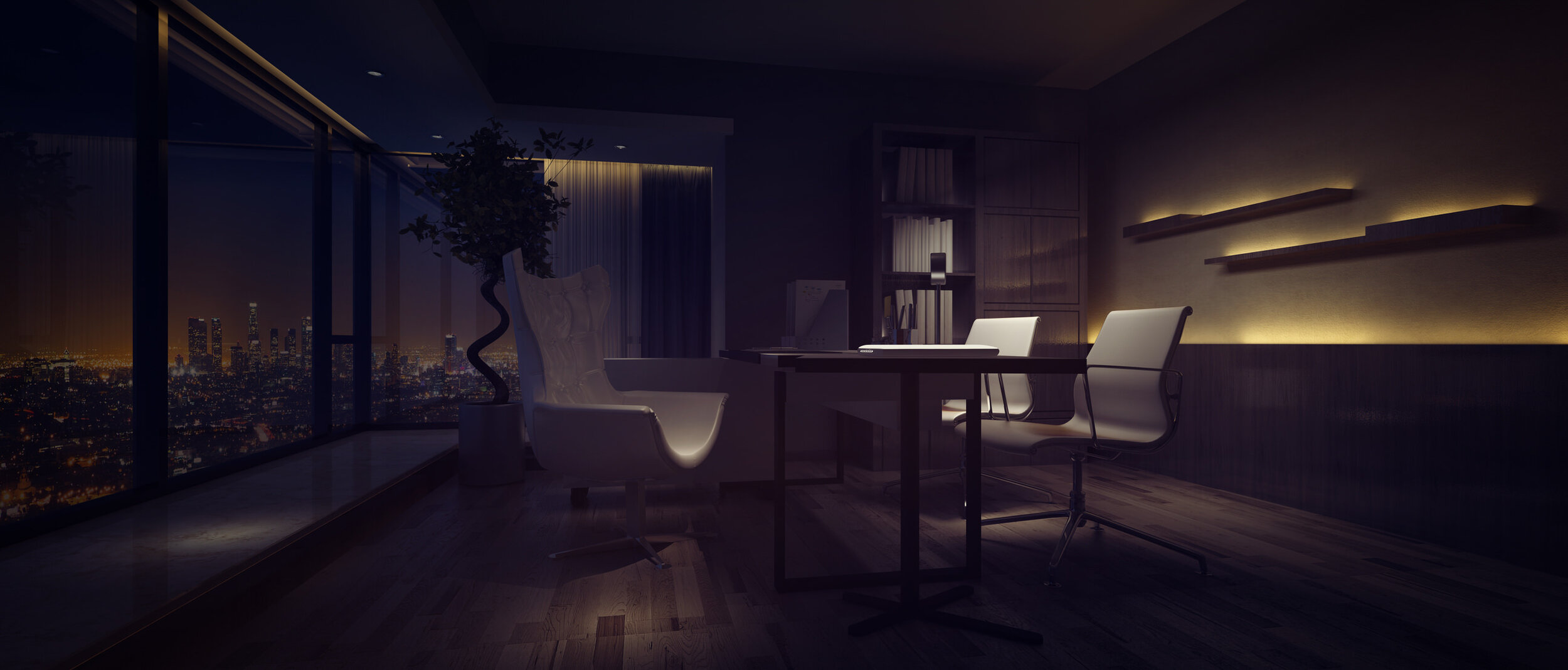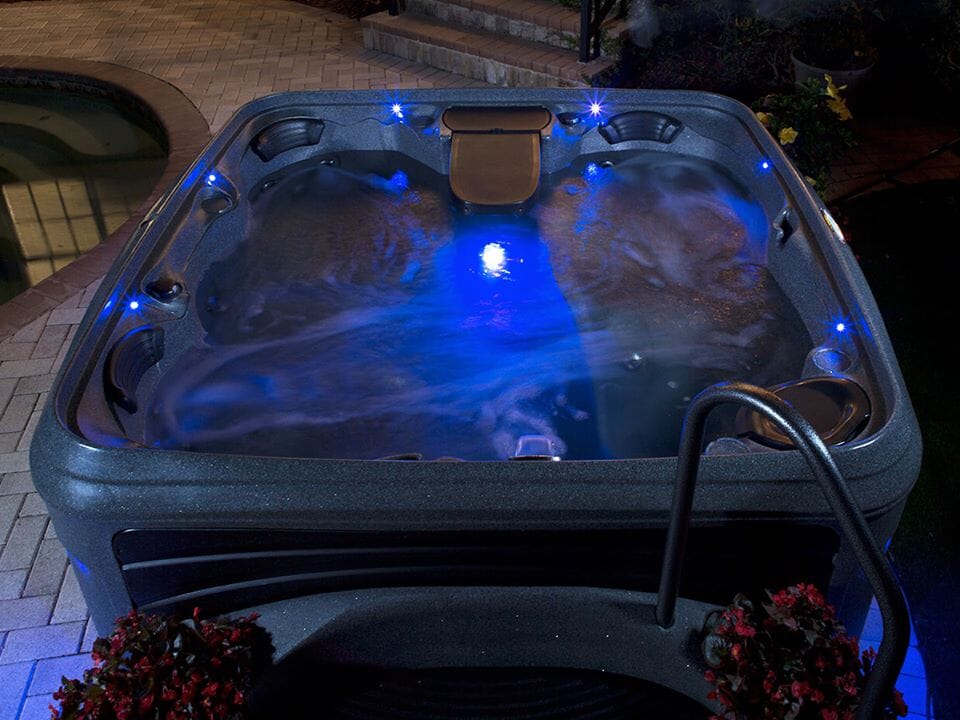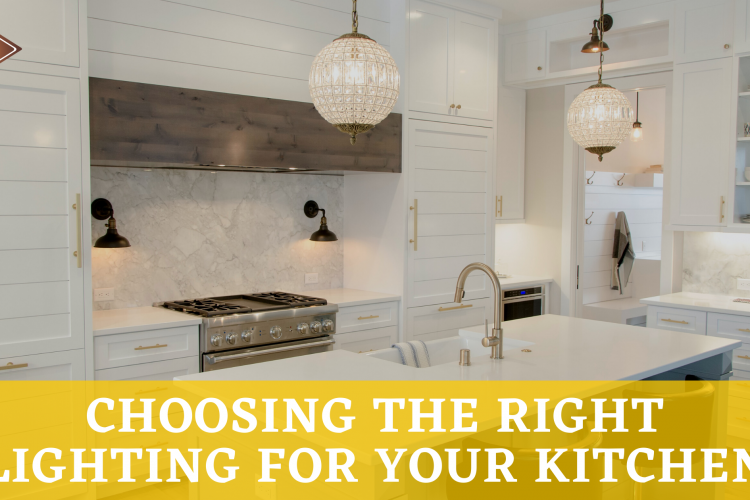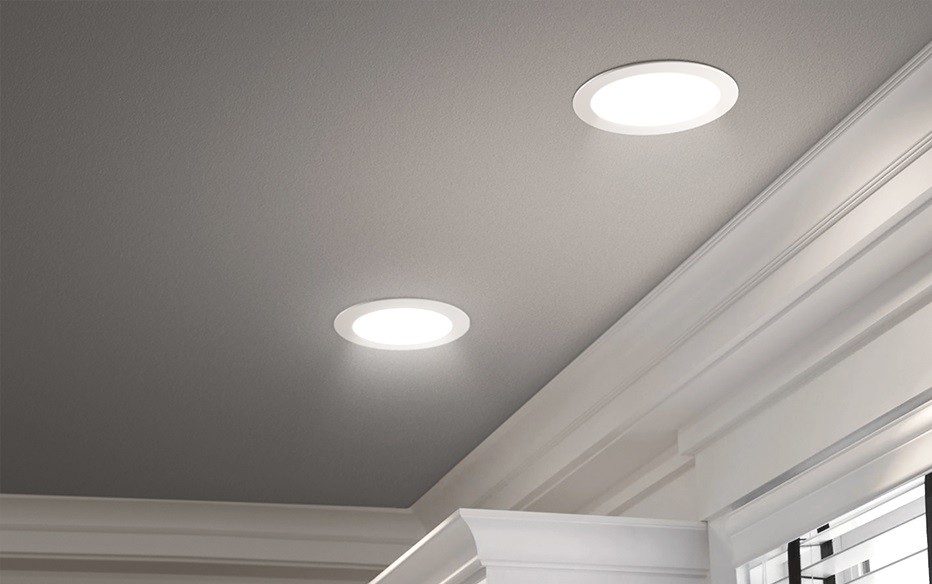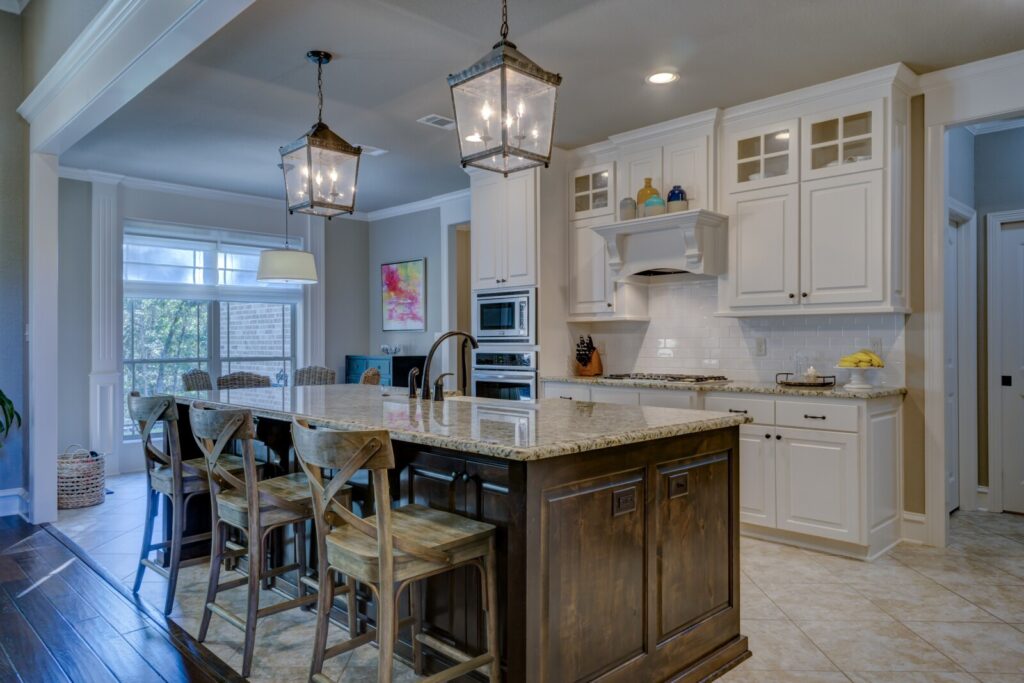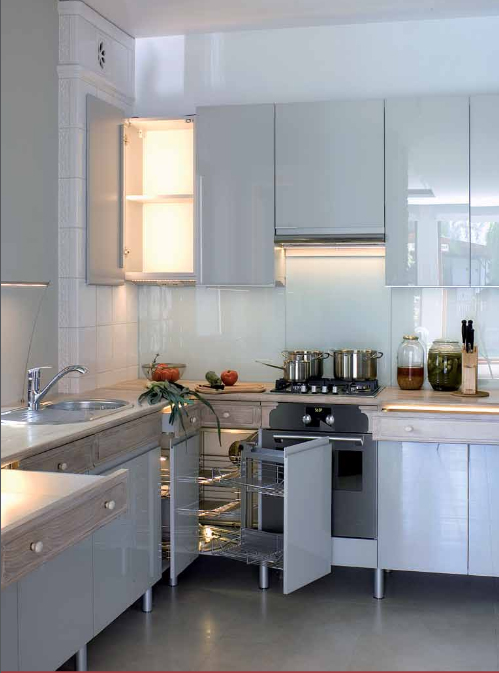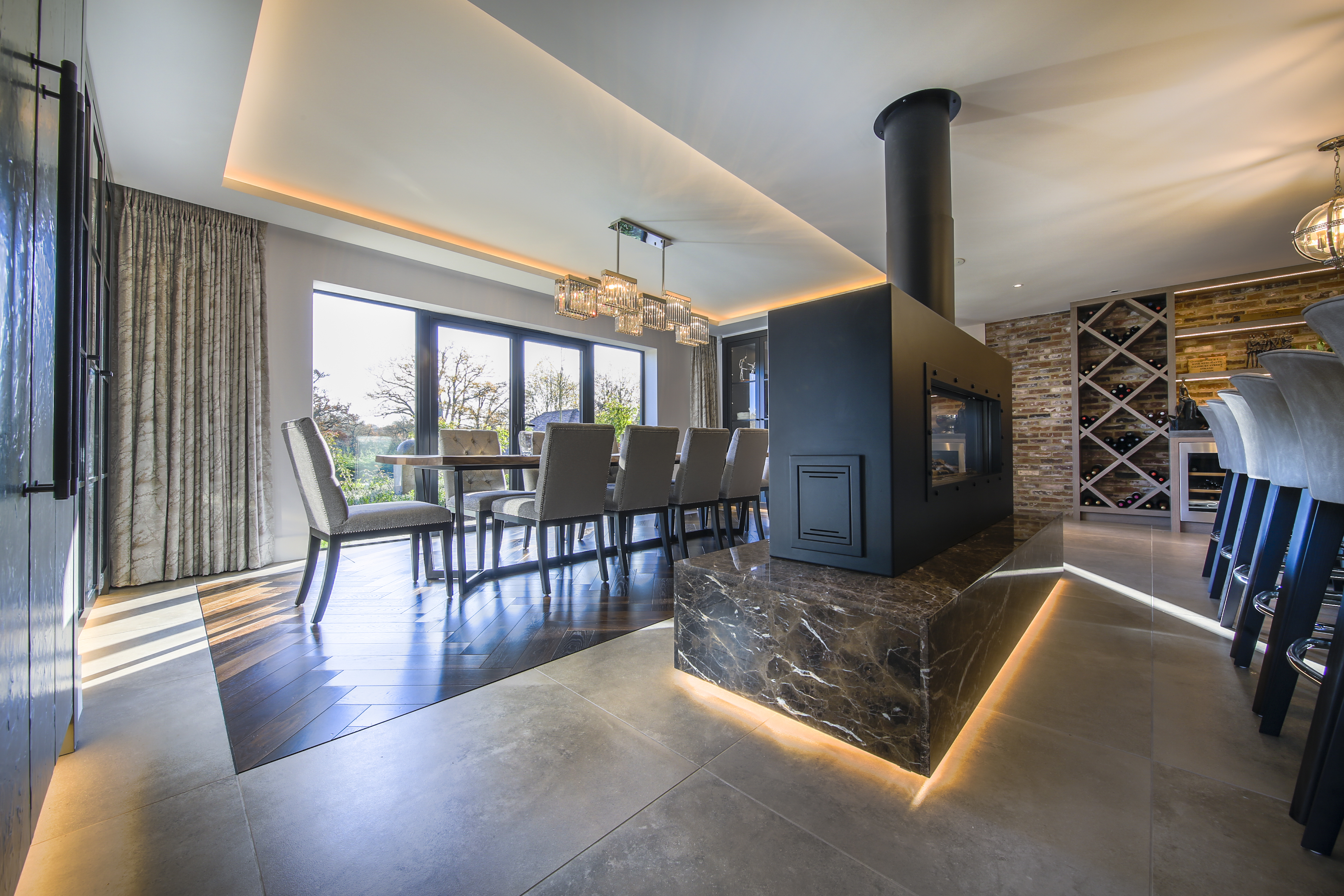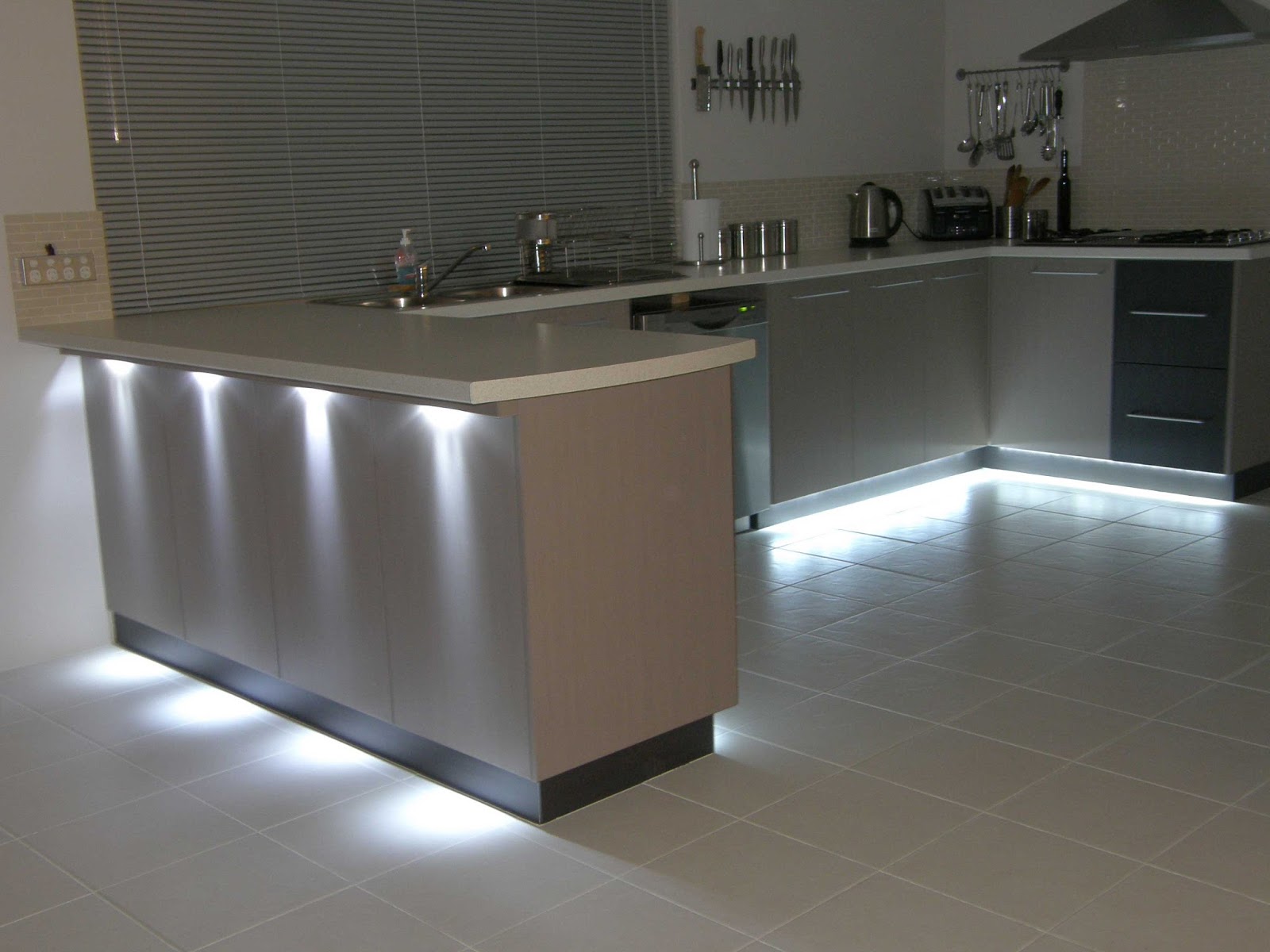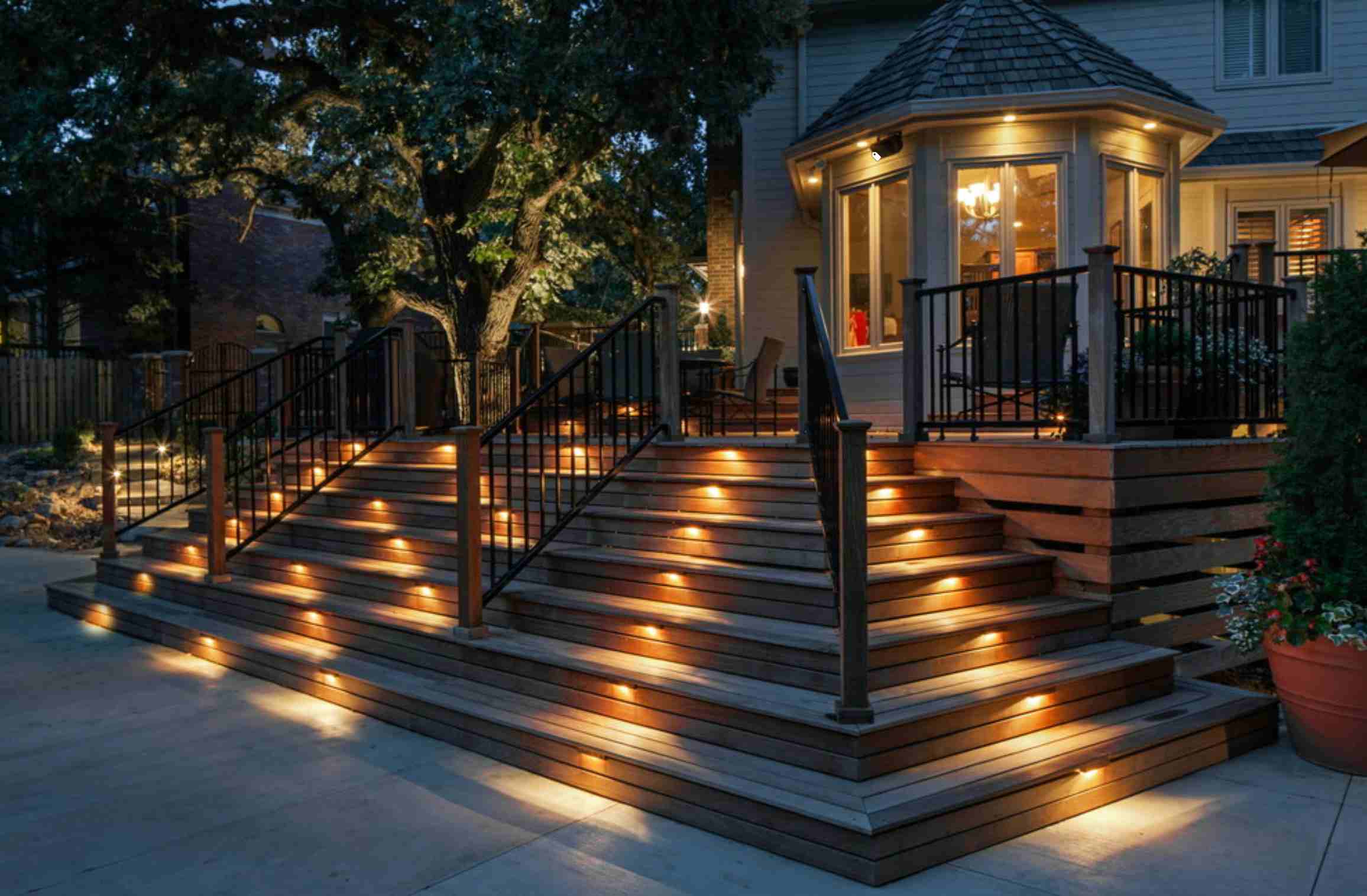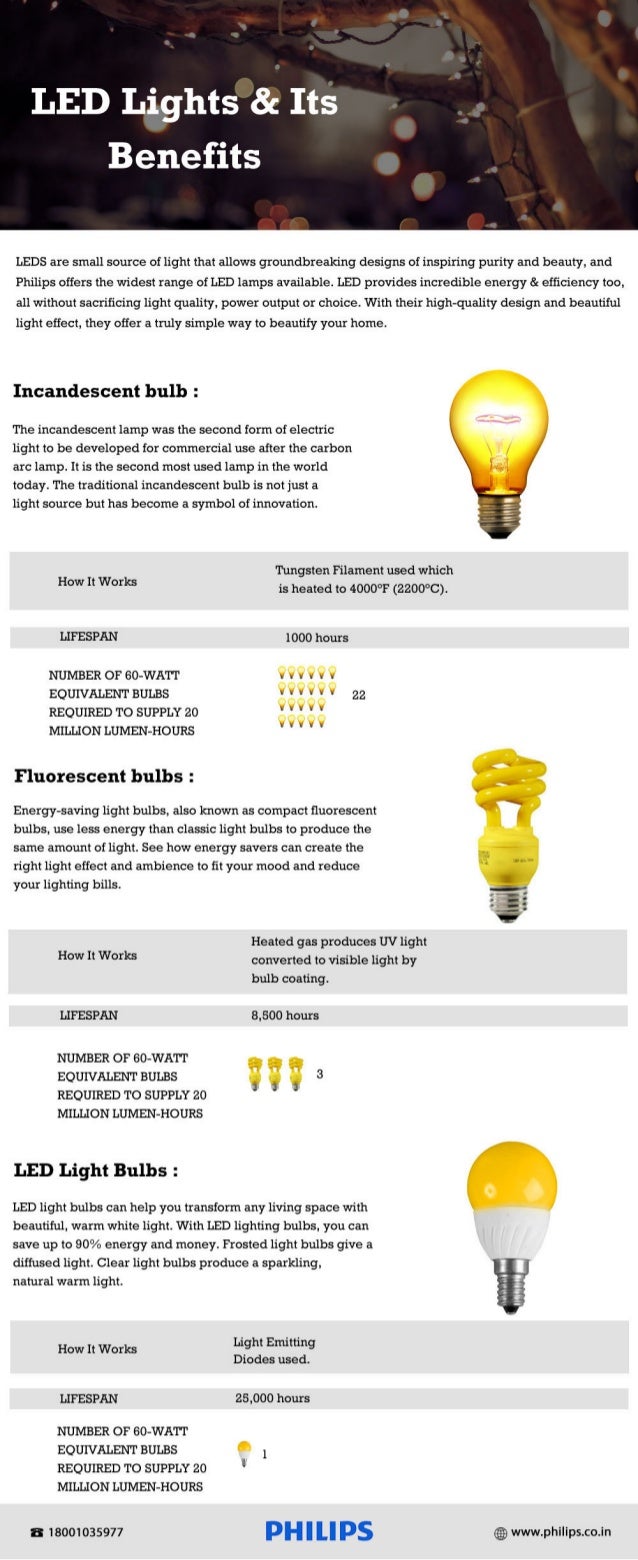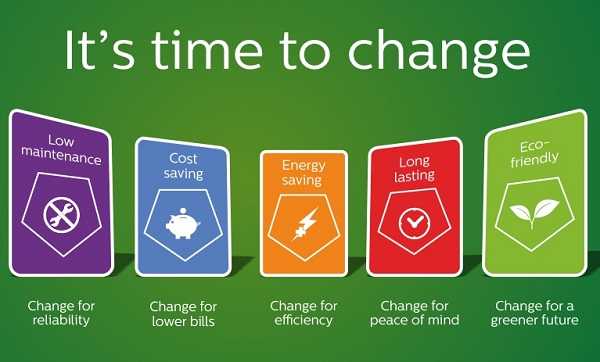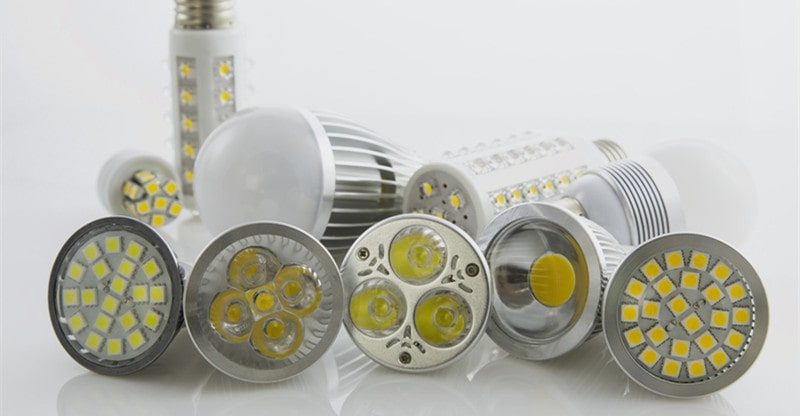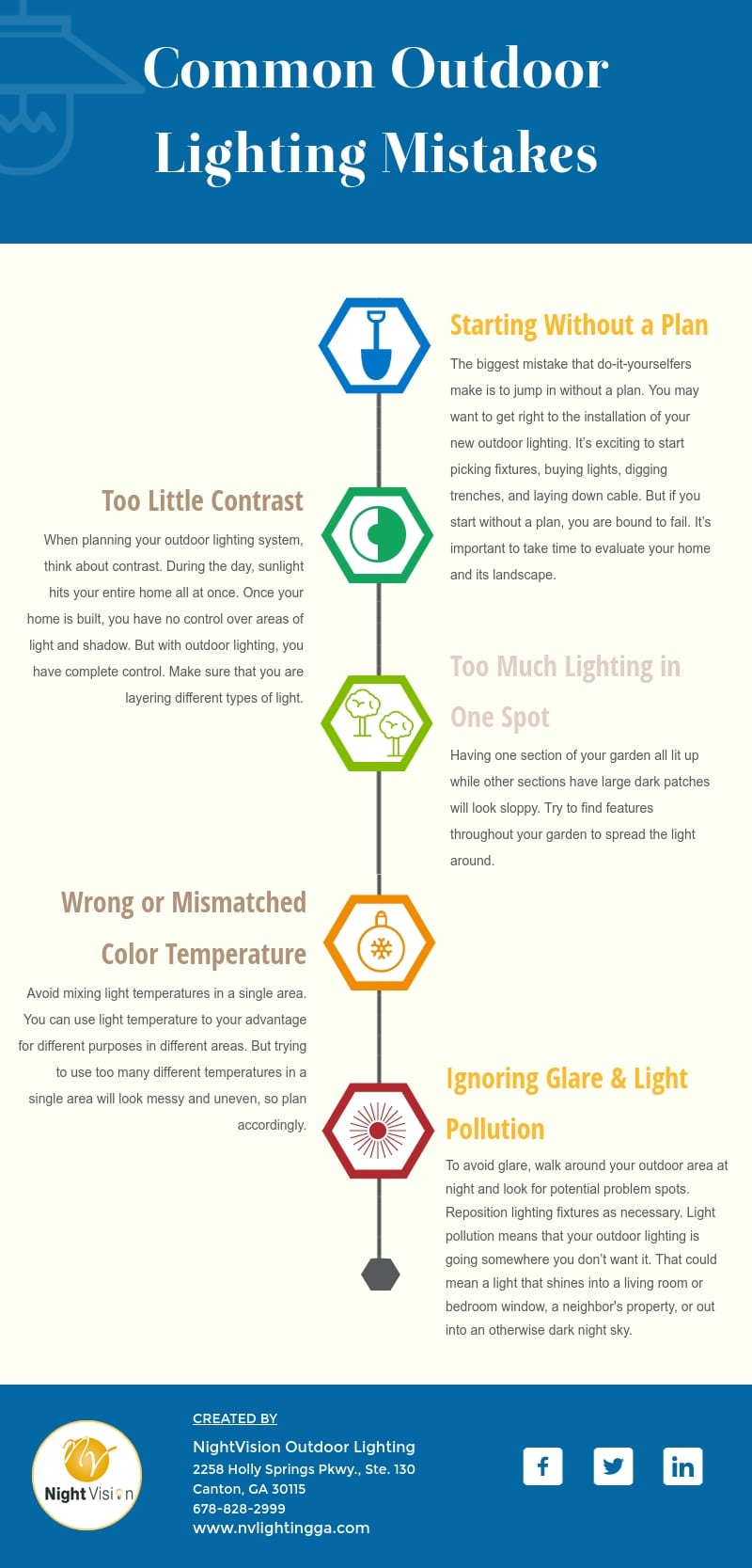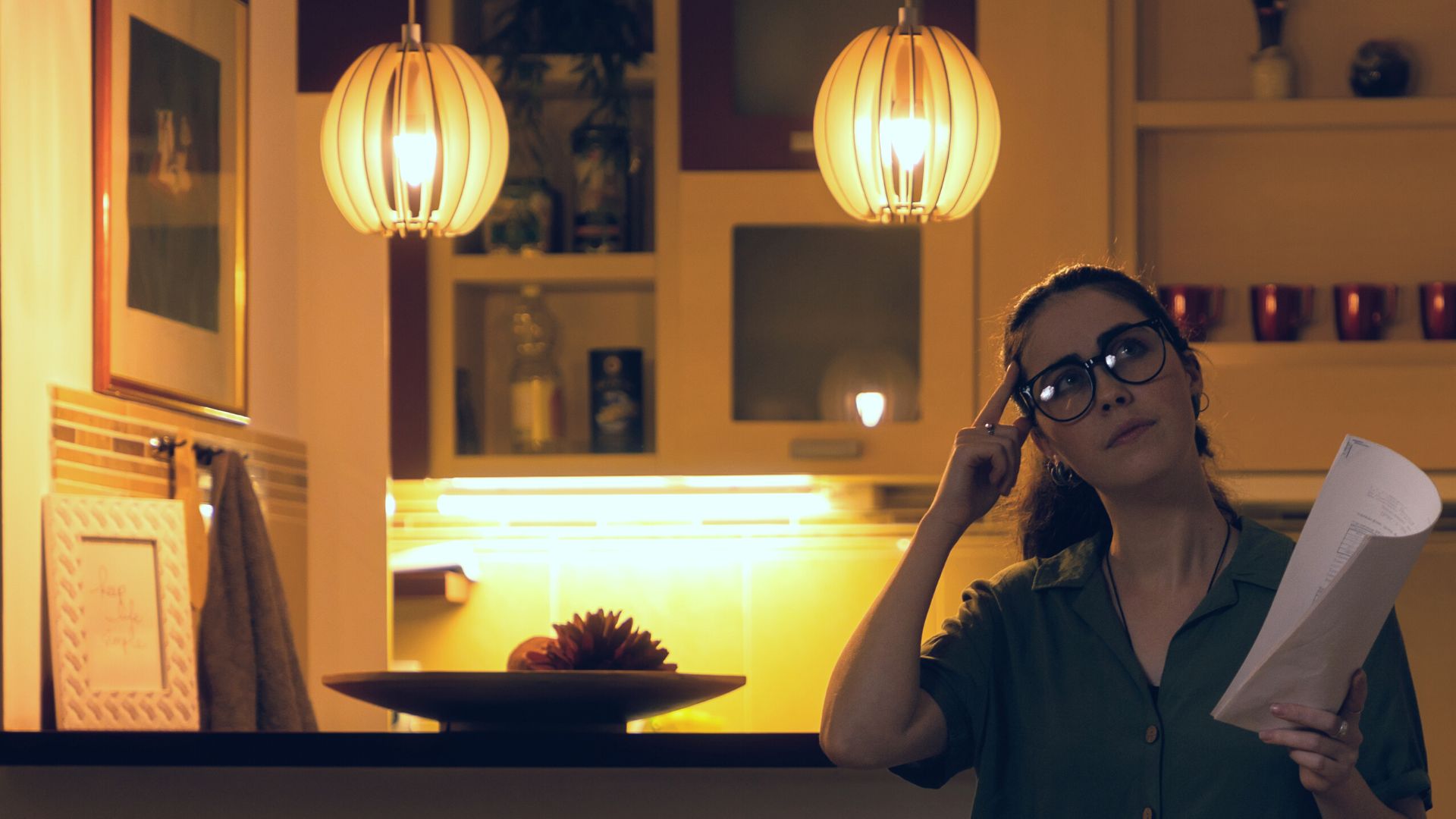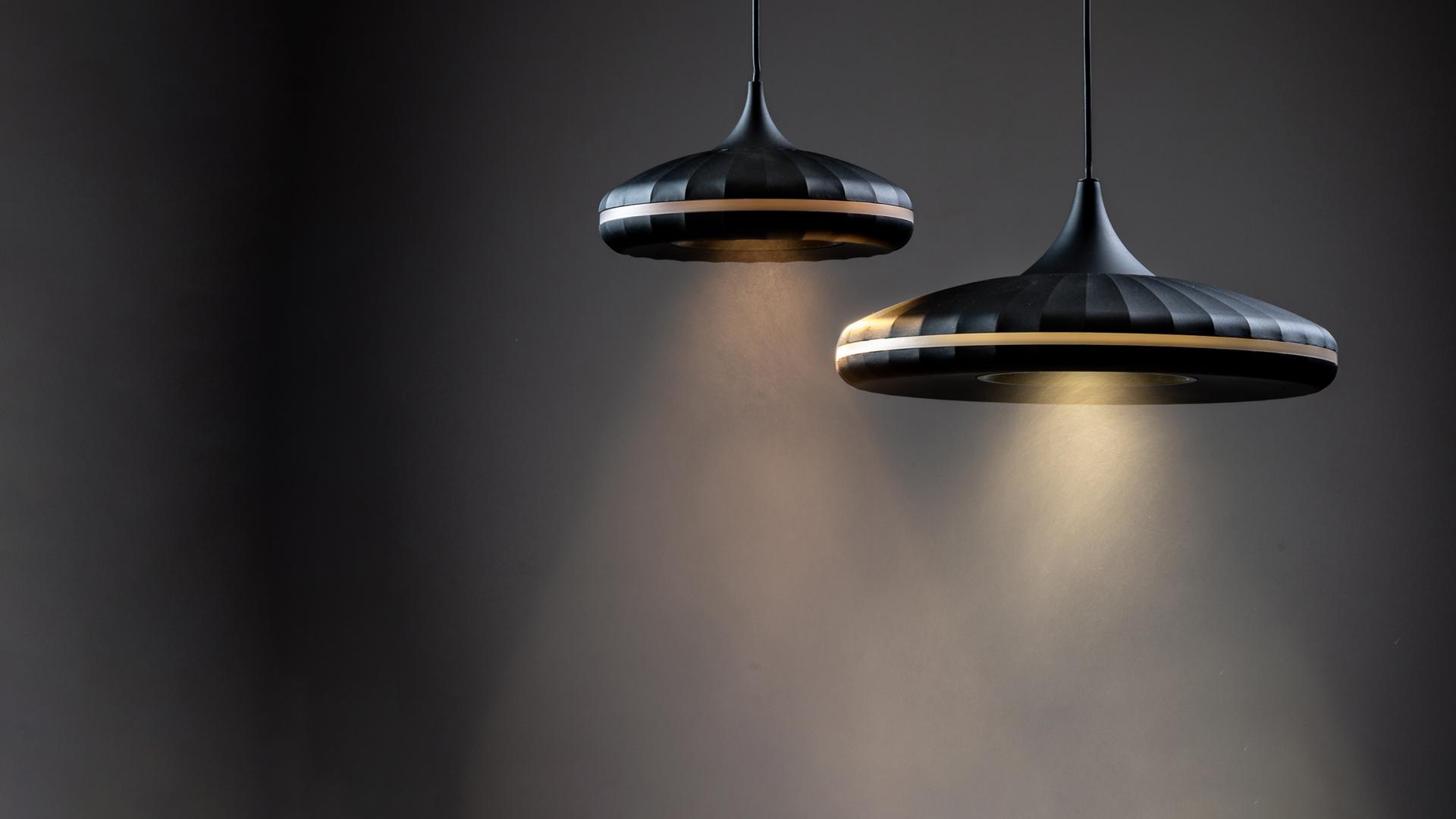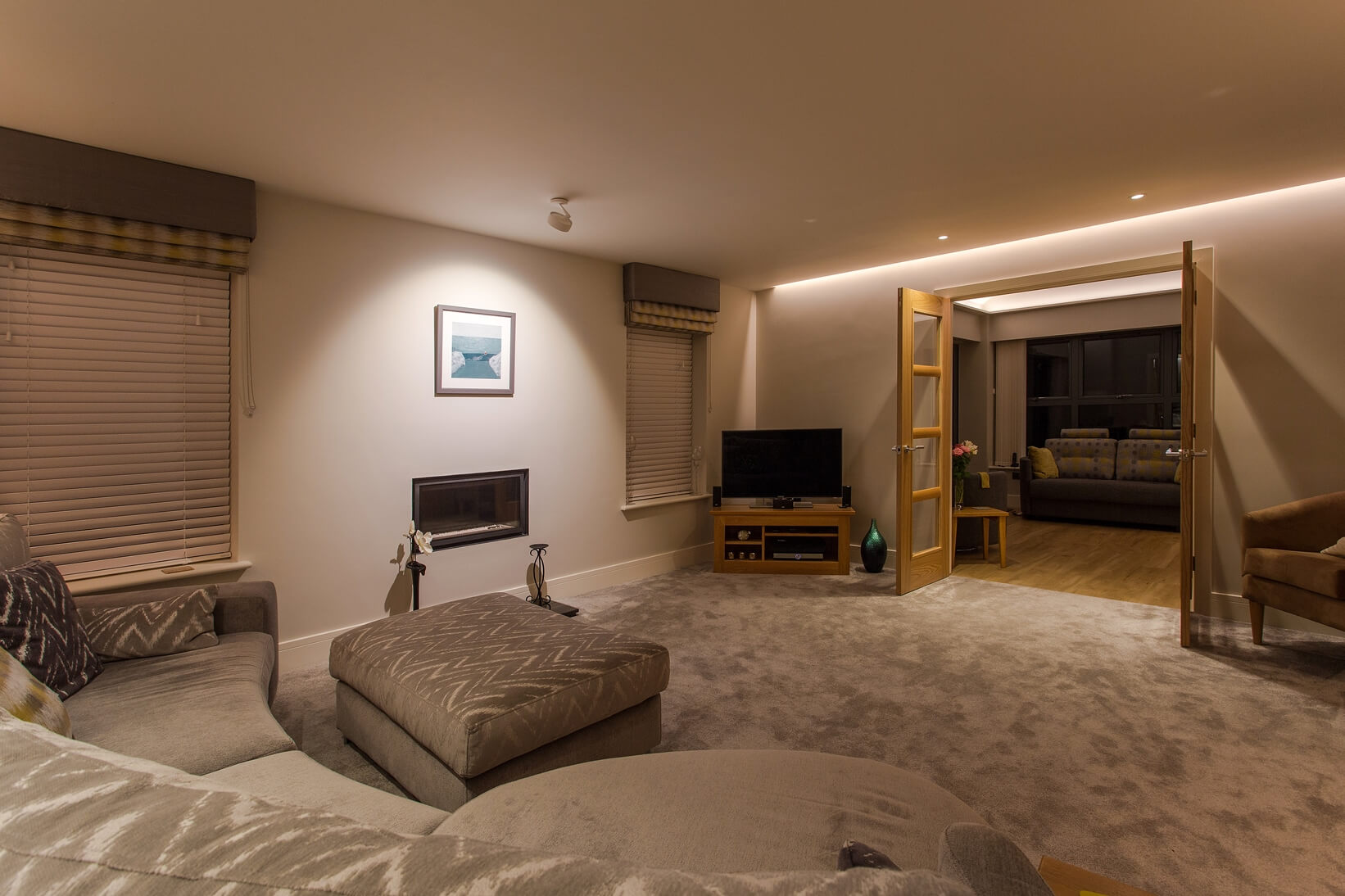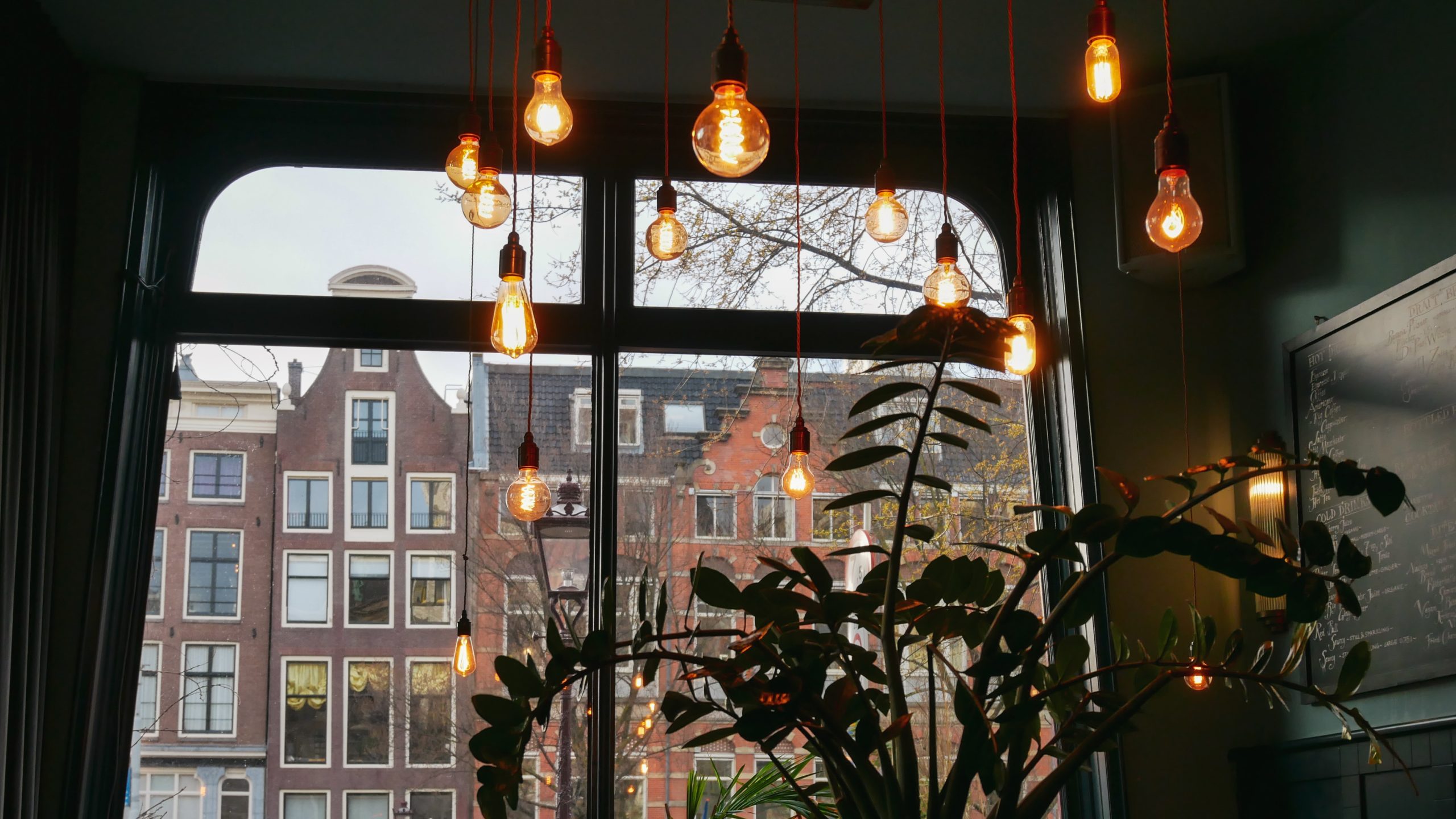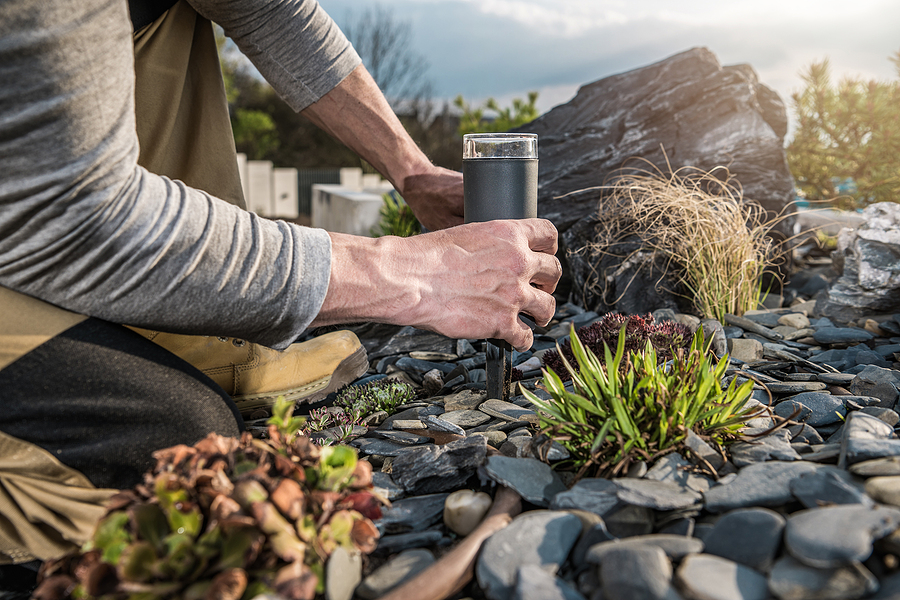When it comes to lighting your kitchen, it can be overwhelming to know where to start. With so many options available, it can be difficult to determine the best lighting solution for your space. However, with LED lighting gaining popularity in recent years, it's important to consider this energy-efficient and versatile option for your kitchen. Here are 10 tips to help you plan and install LED lighting in your kitchen.1. Planning LED Lighting for Kitchen: Where to Begin
The first step in planning your LED kitchen lighting is to determine your specific lighting needs. Consider the activities that take place in your kitchen, such as cooking, dining, and entertaining, and how lighting can enhance these tasks. Also, think about any areas that may need additional lighting, such as countertops or cabinets.2. Determine Your Lighting Needs
Once you have identified your lighting needs, it's time to create a lighting layout for your kitchen. This will involve determining the number and placement of lights to achieve optimal illumination. Consider using a combination of overhead, under cabinet, and task lighting for a well-rounded and functional lighting design.3. Create a Lighting Layout
When it comes to LED lighting, there are a variety of bulbs to choose from, each with its own unique features and benefits. It's important to choose the right LED bulbs for your kitchen, considering factors such as brightness, color temperature, and energy efficiency. Look for energy-efficient options with a color temperature of 2700K-3000K for a warm and inviting glow.4. Choose the Right LED Bulbs
LED lights offer the convenience of dimmable options, allowing you to adjust the brightness to fit your needs. This is especially useful in the kitchen, where different activities may require varying levels of light. Consider installing dimmer switches to control the brightness of your LED lights and create the perfect ambiance for any occasion.5. Consider Dimmable Options
Accent lighting is a great way to add depth and dimension to your kitchen. LED strip lights can be used to accentuate architectural features or add a pop of color to your space. These versatile lights can also be used to highlight artwork or decor, creating a visually appealing and personalized touch to your kitchen.6. Incorporate Accent Lighting
Under cabinet lighting is not only functional but also adds a touch of elegance to your kitchen. LED strip lights are a popular choice for under cabinet lighting, as they are energy-efficient and provide ample task lighting for food preparation and cooking. They also add a warm and inviting glow to your kitchen, making it feel more inviting and cozy.7. Don't Forget Under Cabinet Lighting
Motion sensor lights are a great option for busy kitchens, where hands may be full and light switches are out of reach. These lights automatically turn on when they detect movement, making it easy to navigate your kitchen without having to fumble for a switch. They are also energy-efficient, as they only turn on when needed.8. Consider Motion Sensor Lights
When choosing LED lights for your kitchen, it's important to consider the color rendering index (CRI). This measures the ability of a light source to accurately render colors. A higher CRI means the colors will appear more natural and vibrant. Look for LED lights with a CRI of 90 or above for the best color rendering in your kitchen.9. Think About Color Rendering
Lastly, don't be afraid to get creative with your LED lighting design. Consider incorporating different shapes and sizes of lights, such as pendant lights or recessed lights, to add visual interest to your kitchen. You can also use LED lights to create unique patterns or designs on your ceiling or walls, adding a touch of style and personality to your space.10. Get Creative with Your Lighting Design
Choosing the Right Lighting Fixtures

Types of Lighting Fixtures
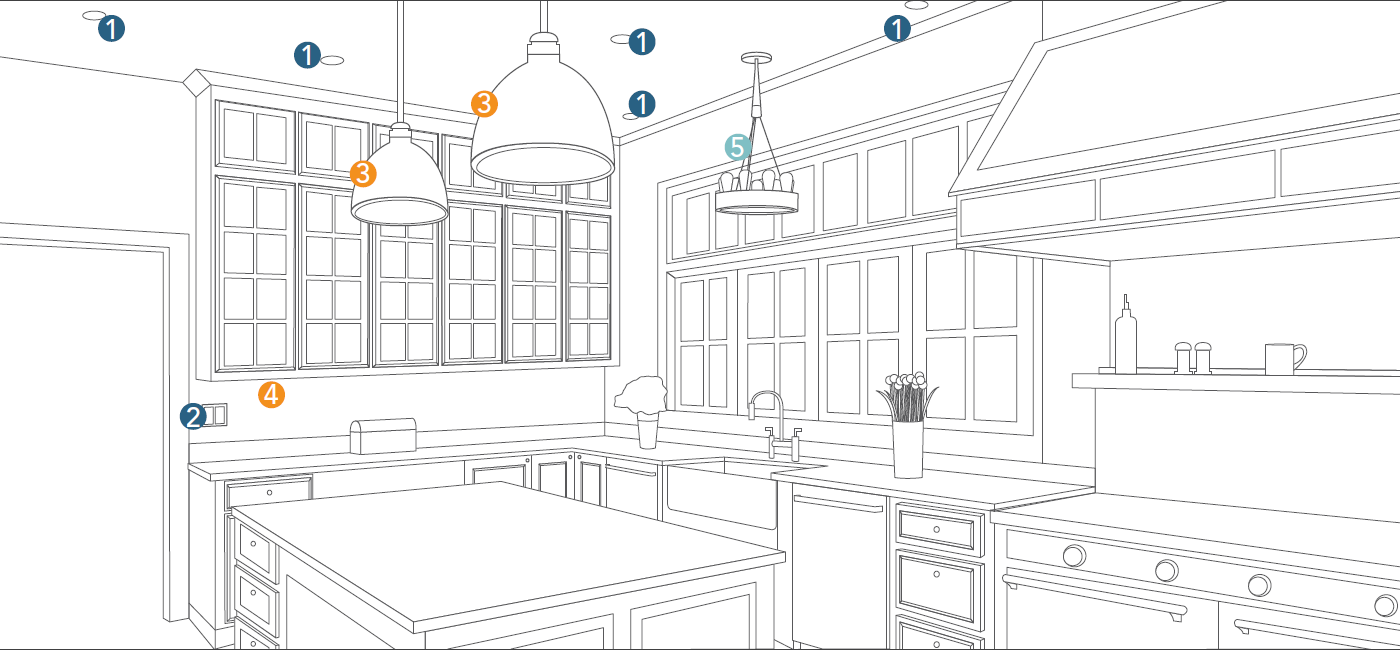 When it comes to planning the lighting for your kitchen, it's important to consider the different types of lighting fixtures available.
Recessed lighting, pendant lights, and under cabinet lighting are all popular options for kitchens.
Recessed lighting is installed directly into the ceiling and provides a clean, streamlined look. Pendant lights hang from the ceiling and can add a decorative touch to the space. Under cabinet lighting is installed underneath upper cabinets and can provide task lighting for food preparation and cooking.
It's important to choose a combination of these fixtures to create a well-lit and functional kitchen.
When it comes to planning the lighting for your kitchen, it's important to consider the different types of lighting fixtures available.
Recessed lighting, pendant lights, and under cabinet lighting are all popular options for kitchens.
Recessed lighting is installed directly into the ceiling and provides a clean, streamlined look. Pendant lights hang from the ceiling and can add a decorative touch to the space. Under cabinet lighting is installed underneath upper cabinets and can provide task lighting for food preparation and cooking.
It's important to choose a combination of these fixtures to create a well-lit and functional kitchen.
Consider the Layout of Your Kitchen
 When deciding on the placement of lighting fixtures in your kitchen, you should take into account the layout of the room.
If you have a large kitchen with an island, pendant lights above the island can provide both task lighting and a focal point for the space.
Recessed lighting can be strategically placed above work areas, such as the sink and stove, to provide ample light for cooking and cleaning. Under cabinet lighting is also helpful in providing additional task lighting for these areas.
When deciding on the placement of lighting fixtures in your kitchen, you should take into account the layout of the room.
If you have a large kitchen with an island, pendant lights above the island can provide both task lighting and a focal point for the space.
Recessed lighting can be strategically placed above work areas, such as the sink and stove, to provide ample light for cooking and cleaning. Under cabinet lighting is also helpful in providing additional task lighting for these areas.
Think About the Mood You Want to Create
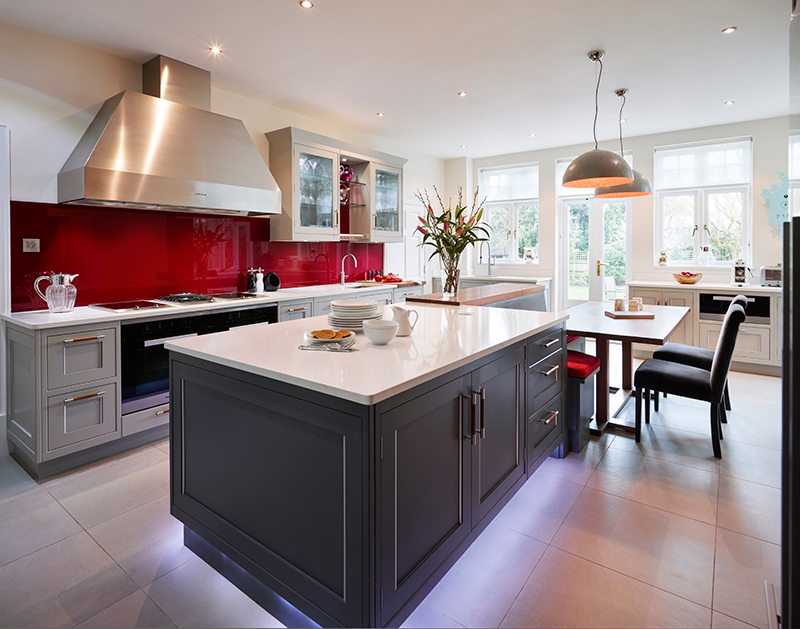 In addition to functionality, lighting also plays a crucial role in setting the mood in a space.
For a warm and inviting atmosphere, consider incorporating dimmable lights and warm-toned bulbs.
This will allow you to adjust the lighting to fit the mood and occasion, whether it's a cozy dinner with family or a lively gathering with friends.
If you want to add a touch of drama, consider using accent lighting to highlight specific areas of your kitchen, such as a display shelf or a statement piece of artwork.
In addition to functionality, lighting also plays a crucial role in setting the mood in a space.
For a warm and inviting atmosphere, consider incorporating dimmable lights and warm-toned bulbs.
This will allow you to adjust the lighting to fit the mood and occasion, whether it's a cozy dinner with family or a lively gathering with friends.
If you want to add a touch of drama, consider using accent lighting to highlight specific areas of your kitchen, such as a display shelf or a statement piece of artwork.
Don't Forget Energy Efficiency
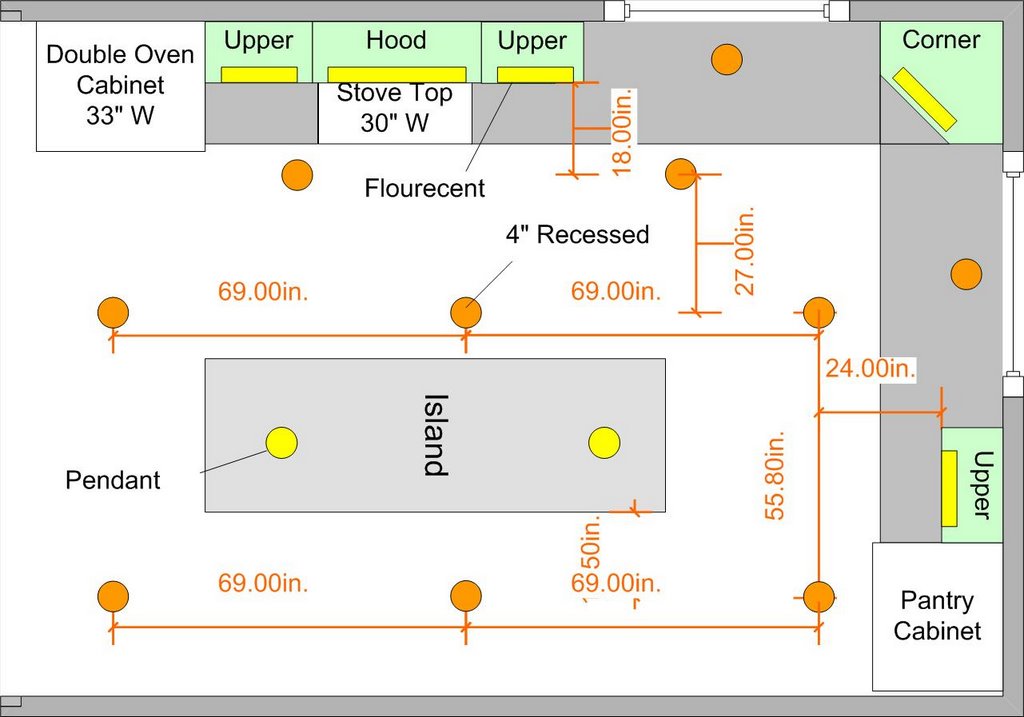 In today's world, energy efficiency is a top priority for many homeowners. When choosing lighting fixtures for your kitchen,
opt for LED bulbs, which are more energy-efficient and have a longer lifespan compared to traditional incandescent bulbs.
You can also install motion sensors or timers to help conserve energy and save on electricity bills.
Not only will this be beneficial for the environment, but it will also save you money in the long run.
Planning the lighting for your kitchen is an important aspect of designing a functional and inviting space. By considering the different types of fixtures, the layout of your kitchen, the mood you want to create, and energy efficiency, you can create a well-lit and beautiful kitchen that meets all your needs.
With the right lighting, your kitchen will not only be a functional space, but also a place where you can enjoy spending time with your loved ones.
In today's world, energy efficiency is a top priority for many homeowners. When choosing lighting fixtures for your kitchen,
opt for LED bulbs, which are more energy-efficient and have a longer lifespan compared to traditional incandescent bulbs.
You can also install motion sensors or timers to help conserve energy and save on electricity bills.
Not only will this be beneficial for the environment, but it will also save you money in the long run.
Planning the lighting for your kitchen is an important aspect of designing a functional and inviting space. By considering the different types of fixtures, the layout of your kitchen, the mood you want to create, and energy efficiency, you can create a well-lit and beautiful kitchen that meets all your needs.
With the right lighting, your kitchen will not only be a functional space, but also a place where you can enjoy spending time with your loved ones.




